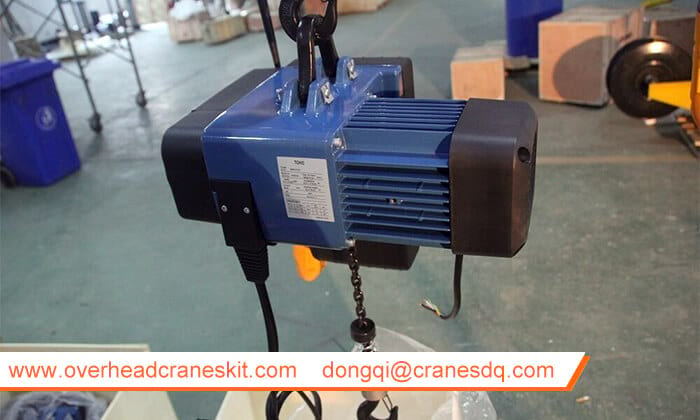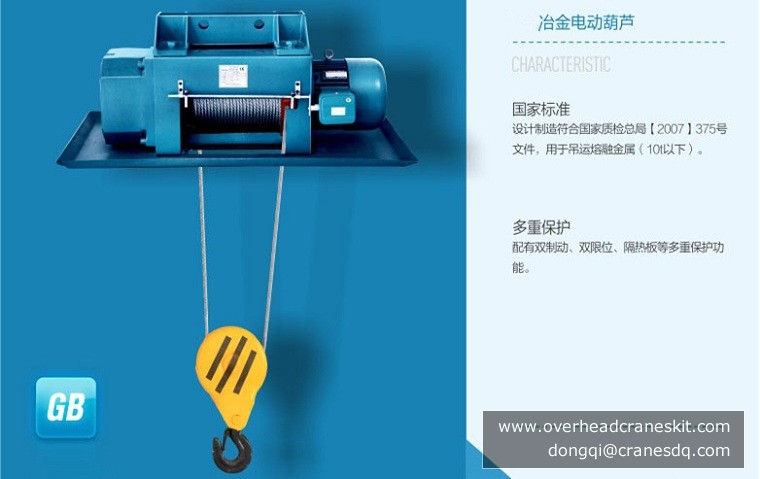There are as many as 82 annual fatalities in the operation of cranes according to United States Department of Labor estimates. The Occupational Safety and Health Administration (OSHA) has set forth safety regulations for cranes in Title 29, Section 1910.179 of the Code of Federal Regulations.
Tagged: crane
A crane is a large, powerful device used to lift heavy objects. There are a large number of different types of cranes, each with a different use and application. Model makers like to re-create things from the real world, and a model crane is a complex project. Making one of these to scale, where it is the same proportions as a real crane, adds an extra element of challenge.
A crane operator is a construction professional. After participating in a formal apprenticeship program and, in some states, obtaining licensing, these professionals operate, inspect and maintain cranes at construction sites and in other industrial environments.
Currently crane operators are qualified in many states by a simple set of standards, but the dangers in crane operations have caused OSHA to propose new testing methods. Although a license is required in 18 states already, within four years, all states will be required to adhere to the license regulations. The states in which a license is now required are: California, Connecticut, Hawaii, Maryland, Massachusetts, Minnesota, Montana, Nevada, New Jersey, New Mexico, New York, North Carolina, Oregon, Pennsylvania, Rhode Island, Utah, Washington and West Virginia.
The National Commission for the Certification of Crane Operators (NCCCO) developed and manages certification for crane operators. Each state has individual laws, but most require certification through the NCCCO. In order to become certified, you must pass a two-part exam, consisting of a written and a practical portion. These two portions are administered independently and you pay testing fees for each of them separately.
The first step to becoming a crane operator is to obtain a high school diploma or equivalent. According to the U.S. Bureau of Labor Statistics, aspiring crane operators and excavating machine operators also need several years of experience in related jobs before they become full-time crane operators. New operators must undergo on-the-job training from a senior worker for an amount of time determined by the employer.
Chain Electric Hoist is European FEM and DIN standard electric hoist, with modular, maintenance-free design, easy installation, flexible operation, compact structure and reliable performance.
DH Electric Hoist adopt European FEM standard, modular design for easy assembly, replacement and maintenance, with strong stability, high safety factor, long service life.
Metallurgical Electric Hoist is lifting equipment used in metallurgy environment for lifting and handling molten metal, it is improved product on the basis of CD, MD electric hoist, with dual brake, double spacing, insulation boards and other varieties of protections, working level is M6. It is safe, reliable, parts with high degree of universality and compact structure.
Explosion-proof Electric Hoist can be used alone or supporting the use of single girder, electric hoist double girder, electric hoist gantry crane , jib crane and other explosion-type girder, explosion-proof grade ExdⅡBT4 and ExdⅡCT4, widely used in factories with flammable gas, dust and air formation of explosive gas mixtures, combustible dust atmosphere and other places. With strong stability, high safety factor, long mechanical service life, modular design, simple structure and balanced design, etc.
OverviewDemag Electric Hoist is designed on the basis of advanced electric hoist, with high degree of intelligence. It is with advantages such as light weight, low height, sophisticated configuration, high transmission efficiency, low noise, energy saving and environmental protection, etc. Demag Electric Hoist adopts modular design, with high degree of universalization of all parts, high maintenance-free rate, less wearing parts.
MD-type wire rope hoist is two-speed electric hoist compared to CD electric hoist , there are fast and slow speed, especially for fine handling working places. With the advantages of extensive use, compact structure, design and manufacture size equalization, parts versatility, easy operation, etc. it can be not only installed separately on I-steel beam, but also can be installed in single-beam, double-beam, cantilever and gantry cranes.
CD-type wire rope electric hoist used separately or in combination with single beam, hoist double girder crane, gantry crane, cantilever crane and others, widely used in railways, docks, industrial and mining enterprises, warehouses and other places for lifting heavy objects.
Overhead cranes come in many forms. The overhead crane can run on rails, gantries or just hang on a beam attached to a wall. Cranes can be controlled by an...
As you know, overhead crane includes single girder overhead crane and double girder overhead crane. Double Girder Overhead Crane is double girder bridge crane with hook, suitable for indoor or outdoor fixed...















